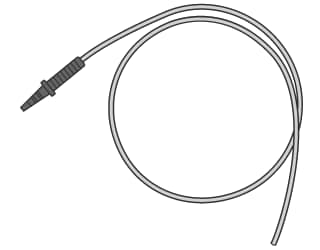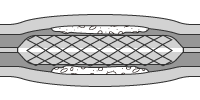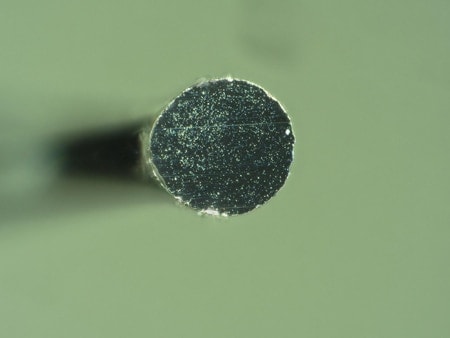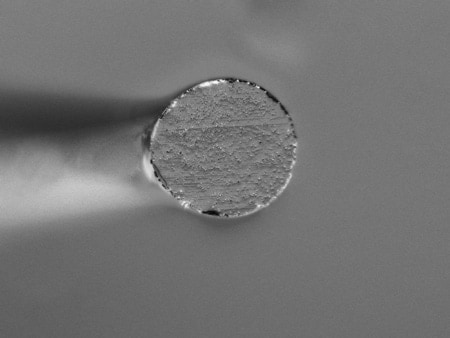Observation of Catheters Using Digital Microscopes
A lot of medical equipment is used directly on human bodies, so it must provide high levels of safety and functionality. This section introduces examples of how observations of catheters and stents can be performed, which are common observation targets for digital microscopes.

- What is a Catheter?
- What is Catheter Intervention?
- Observation and Capturing Examples of Catheters and Stents Using Digital Microscopes
What is a Catheter?
Catheters are soft tubes used for medical treatment. They are inserted into body cavities (including thoracic and abdominal cavities), lumens (including digestive and urinary tracts), or blood vessels to discharge body fluids or infuse medical solutions or contrast media.

What is Catheter Intervention?
Catheter intervention expands blood vessels that are affected by arteriosclerosis and restores blood flow to its previous state. Typical catheters are usually balloon or stent types.
Balloon type catheter
A balloon type catheter is inserted along a guide wire to expand blood vessels.
The balloon applies pressure to an area affected by arteriosclerosis and expands the blood vessel to secure enough space.





Stent type catheter
Balloon type catheters may damage the area with arteriosclerosis or the blood vessel may be blocked again. Therefore, after using a balloon type catheter, a stent type is often used as a follow up. When a stent type is used, a guide wire runs through the area with arteriosclerosis and a stent (a metal mesh tube) is placed to cover the balloon. After the balloon expands the blood vessel, it is removed, then the stent expands to support the widened blood vessel to ensure the blood vessel width.





Observation and Capturing Examples of Catheters and Stents Using Digital Microscopes
These are the latest examples of observation and capturing of catheters and stents using KEYENCE’s VHX Series 4K Digital Microscope.
Capturing and observation examples of catheters




Capturing and observation examples of stents

The image stitching function allows observation over a wide field of view with high resolution.




